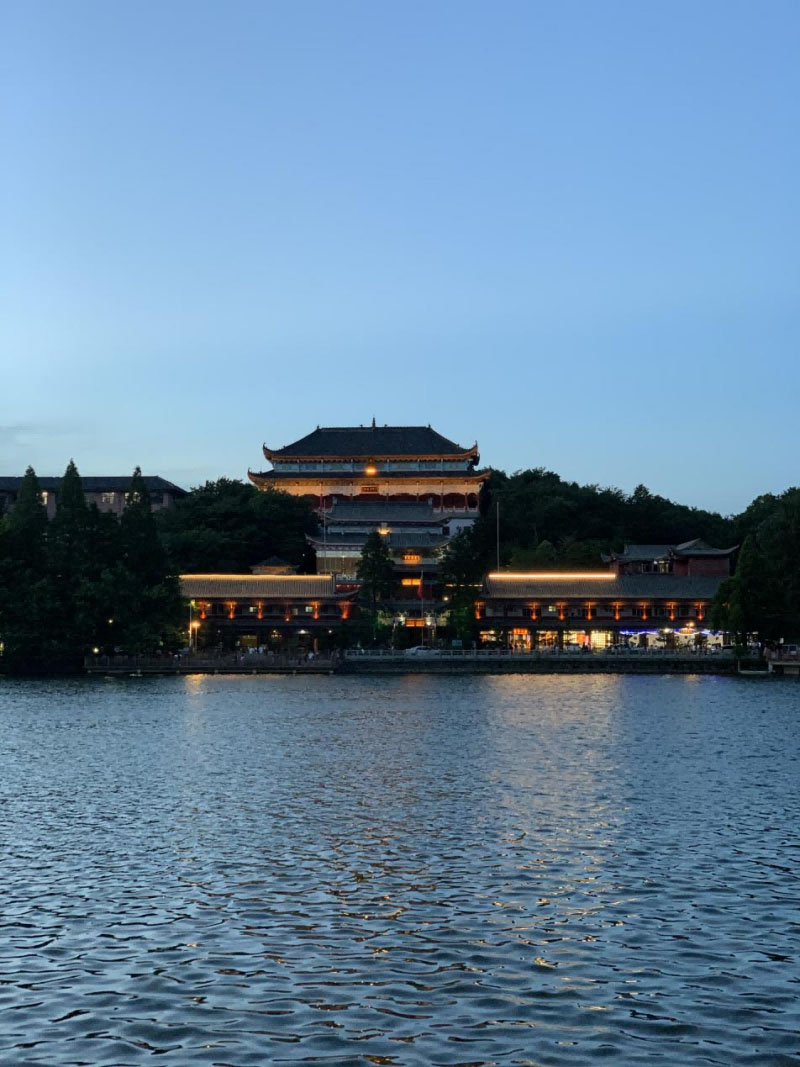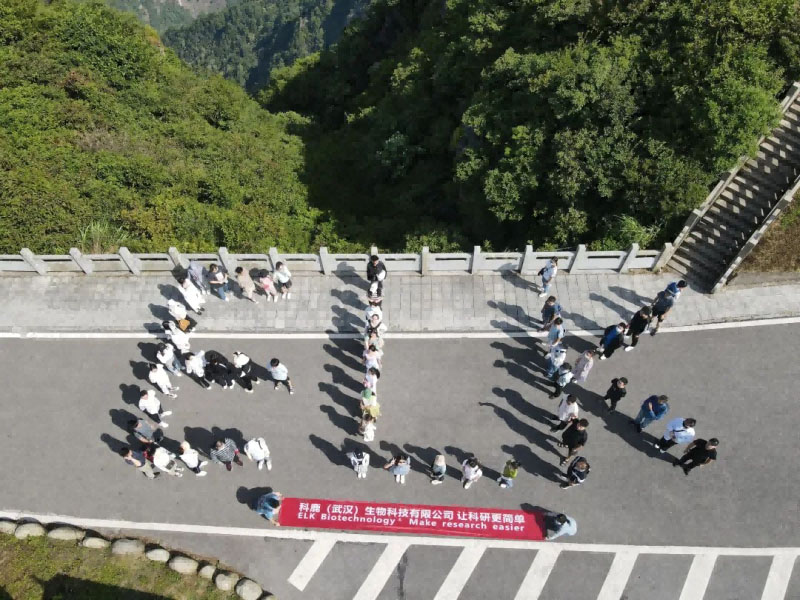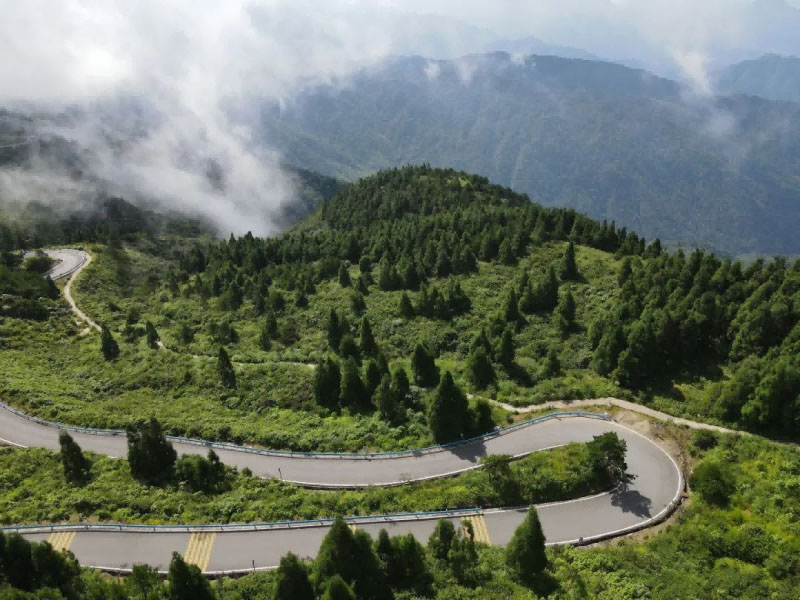

ELK company group trip Splendid Stalactites and spring water in the cave Peaceful Lake in the cloud
ELK company group trip
Splendid Stalactites and spring water in the cave
Peaceful Lake in the cloud

Tongshan Yinshui Cave is located in the east of Tongshan County, Xianning City, Hubei Province. The cave is nearly 5,000 meters long. The underground river of Yinshui Cave has two natural openings.
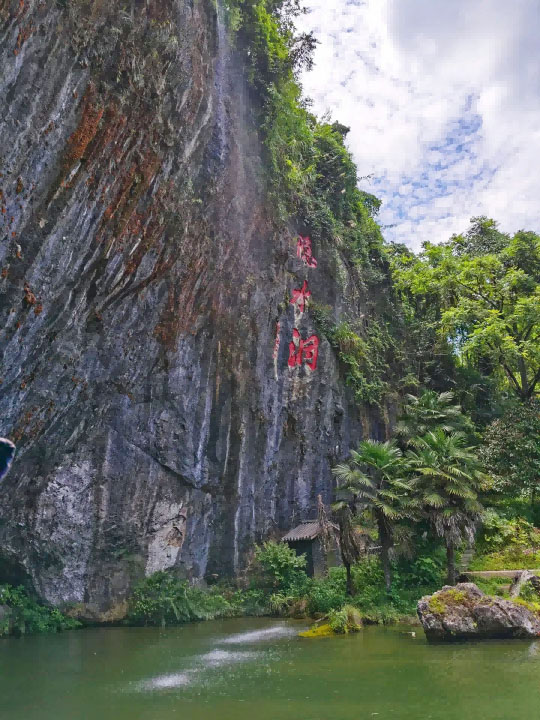
Standing at the entrance of the cave, looking up, the three strong and powerful characters of "Hidden Water Cave" are engraved on a boulder. Stepping into the cave, stalagmites, stone curtains, stone curtains, and stone waterfalls are exquisitely carved, and the karst cave, water flow, waterfall spring, and milk stone are integrated. The ingenious workmanship of nature makes people not amazed, and they are more and more in awe of nature from the bottom of their hearts. The wisdom and ability of nature are vast, and what human beings can comprehend is only one in ten million. In the face of such a miraculous natural scene, we cannot but lower our hearts to the dust. Even if we are a group of scientific researchers, we strive to pursue science and truth, and strive to reveal the essence of things, we do not necessarily know how to cherish the mystery of nature better than anyone else. In fact, scientific researchers need to have a reverence for nature, so that we can understand that we must "do something and not do something" in the process of exploring nature and transforming nature.
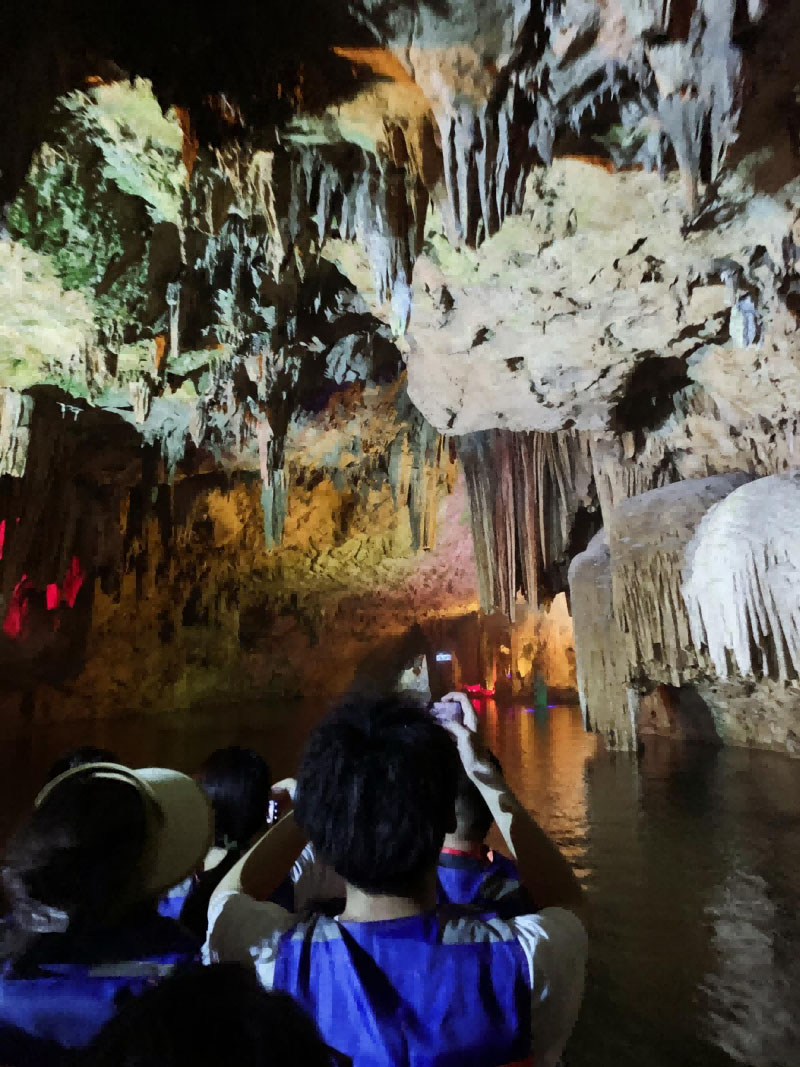
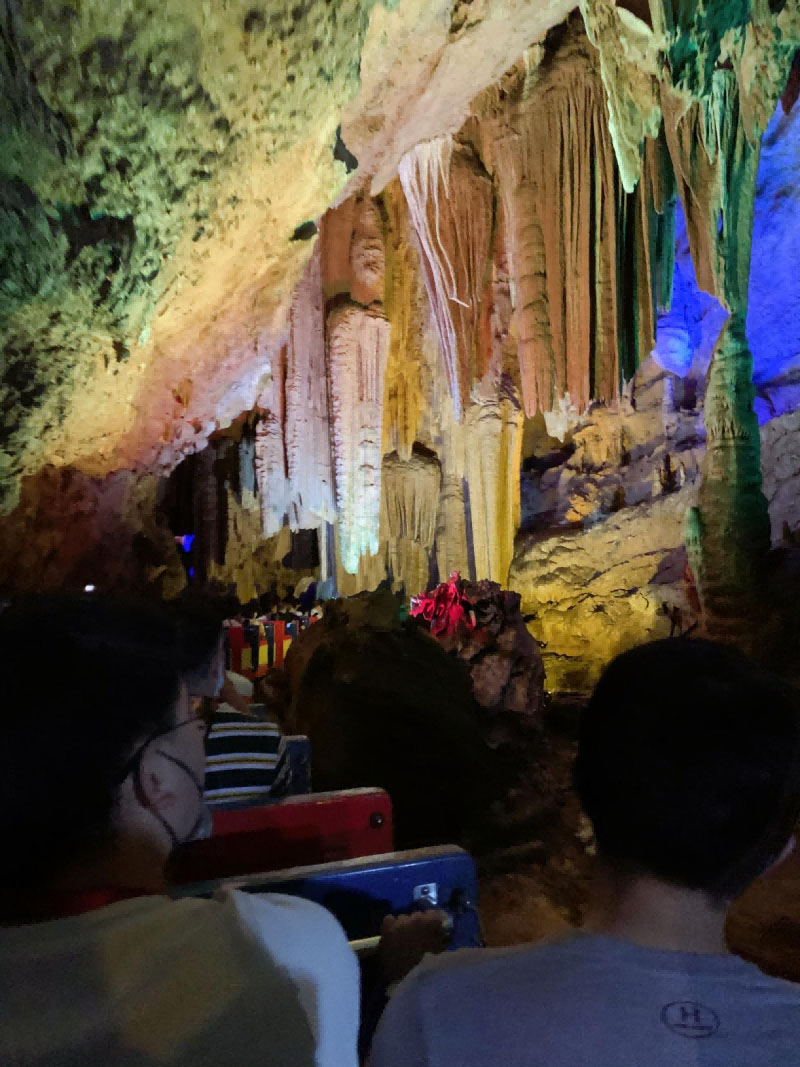
The layered characteristics of the hidden water cave are very prominent. From the bottom of the underground river to the height of 30 meters from the top of the second-story cave, there is a two-story horizontal channel system. "Under the condition of intermittent neotectonic uplifting, the hidden water cave developed with good inheritance and continuity, thus forming a layered spatial structure. This unique structure developed in the Cambrian strata, and the middle-upper series was medium-thick. In the stratum of dolomite and limestone. Under the continuous dissolution and erosion of the underground river, or after the channel is separated from the groundwater level, the top of the underground channel formed in the thin carbonate rock section often occurs along the layer. The top of the horizontal cave, and the thick layer of dolomite just constitutes the top and bottom of each layer of horizontal channels, so that the two layers of horizontal channels formed at different developmental stages can be preserved to this day. The hidden water cave can be divided into three developmental stages, corresponding to three level of spatial structure.
The first stage was formed between 200,000 and 350,000 years ago. The resulting products are some large collapsed stalagmites and stalactites distributed in the hall on the second floor.
The second stage is around 50,000 to 200,000 years ago. Most of the stalagmites and stone pillars in Tongshan Yinshui Cave were formed at this stage. The surface of the resultant is characterized by a brownish, slightly weathered state. Some of these large stalagmites still grow intermittently to this day.
The third stage is 20,000 years ago, and the main forms are the continuous growth of small stalactites, stalagmites, stone flags, flowing stone dams and pool deposits. The products of this stage are mainly distributed in the section above 5 meters above the underground riverbed.
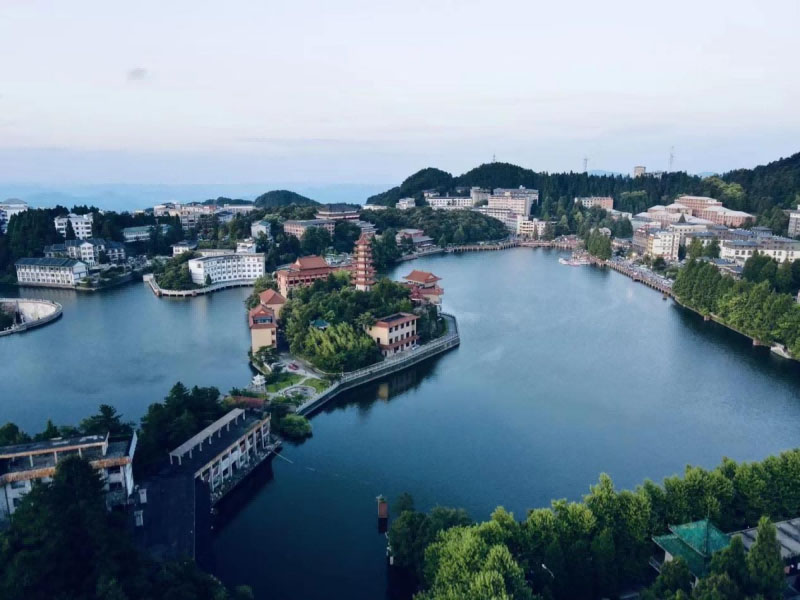
Jiugong Mountain is connected with Hengyue Mountain in the west and Kuanglu in the east. It is hundreds of miles wide. Jiugong Mountain Forest Park has a large area of virgin forest and quaternary glacial relics. It is a "forest city" scenic spot with thousands of sights. Yunzhong Lake is the location of Jiugongshan Town, and it is also the accommodation base for Jiugongshan tourism. It is a central scenic area dominated by cultural landscapes, mainly including green pines welcoming guests, spring cliffs spraying snow (waterfall), Zhenjun Stone Hall, Wuxiong Chuguan, turtle pilgrimage and bronze drum beating the sky.
